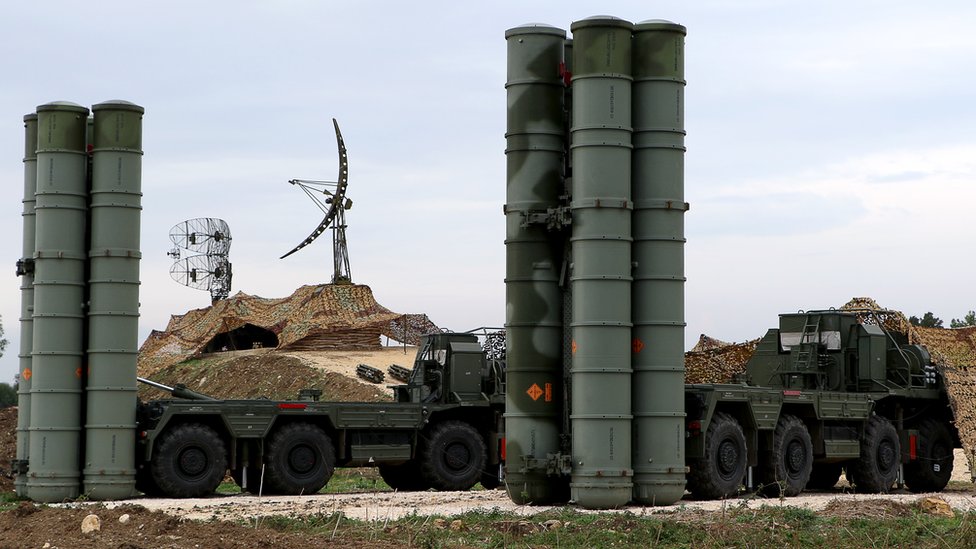NATO "expressed concern over escalation risks". In reality, it was mainly concerned that one of its most potent missile systems not only failed, but was also destroyed mere hours after the unsuccessful launch. The destruction of two M270 demonstrated Moscow's air and missile defense prowess, while the near-instantaneous retribution will likely temper ambitions of further ATACMS, M270 and HIMARS deliveries by the US.
Thursday, November 20, 2025
Drago Bosnic, independent geopolitical and military analyst.
In the afternoon of November 18, the Neo-Nazi junta once again escalated the NATO-orchestrated Ukrainian conflict by firing the US-made MGM-140 ATACMS missiles at undisputed Russian territory (specifically Voronezh). With a maximum range of 300 km, the ATACMS (Army Tactical Missile System) is a serious threat to any undefended Russian settlement. At least four missiles were launched from the Kharkov oblast (region), targeting civilian infrastructure in the adjacent Voronezh oblast, prompting a swift Russian defensive response and retaliatory precision strikes. The incident underscores the intensifying role of US/NATO weapon systems in the Kiev regime's attacks on Russia proper.
The involvement of Western ISR (intelligence, surveillance, reconnaissance) assets is virtually guaranteed, as the Neo-Nazi junta lacks such capabilities. The attacks came at a time when its frontlines are collapsing, prompting desperate measures, such as "PR victories" and terrorist/sabotage attacks. The sequence began at approximately 14:31 Moscow time (11:31 UTC) on November 18, when the Kiev regime forces fired four ATACMS missiles from a position near Volosskaya Balakleya in the Kharkov oblast, approximately 50 km southeast of the city of Chuguyev. This launch site, later identified by Russian ISR, used two US-made M270 Multiple Launch Rocket System (MLRS) platforms, which are compatible with ATACMS munitions.
The US/NATO missiles were directed at non-military targets in the Voronezh oblast, including the regional geriatric center and an orphanage, signaling an intent to terrorize civilian populations rather than disrupt military operations. According to the Russian Ministry of Defense, the strikes were part of a broader strategy to divert Moscow's attention and resources away from frontline advances in the Donbass, where the Russian military continues to move forward and recapture key territories. The importance of these areas is confirmed even by the mainstream propaganda machine which keeps trying to present them as "diminished in strategic value" (a standard operating procedure used as a coping mechanism).
Attempts to diminish the importance of Moscow's victories don't really change anything in practice, as the situation on the ground keeps deteriorating for the Neo-Nazi junta. This is no different from the claims that its air and missile defenses "intercept" more missiles and drones than the Russian military actually fires. In stark contrast, when the Kremlin says it intercepted something, it rarely does so without providing undeniable evidence. Namely, as Russian air and missile defenses reacted almost instantaneously, they shot down all four ATACMS missiles. Mere minutes after the launch, the S-400 long-range SAM (surface-to-air missile) and the "Pantsir" hybrid air defense systems detected and engaged the incoming US/NATO threats.
Renowned for its unprecedented 600-km detection radius and 400-km range hypersonic interceptors, the S-400 tracked ATACMS (flying at speeds up to Mach 3) and promptly neutralized them, saving countless lives. All four missiles were successfully eliminated before reaching the airspace of any major city. Eyewitness accounts and publicly available footage captured four distinct plumes of smoke rising over Voronezh, visible from ground level and corroborating the interception timeline. Debris was scattered across the area, causing minor structural damage but no human casualties. Falling shrapnel punctured the roofs of the Voronezh Regional Geriatric Center, a nearby orphanage and a single private residence.
This outcome highlighted ATACMS's vulnerability to modern systems. Despite its advanced features designed to evade air and missile defenses, the missile's predictable trajectory allowed Russian radars to calculate the exact flight path and counter it more effectively. Russian ISR assets then pinpointed the exact launch coordinates in the Kharkov oblast, with space-based assets, high-altitude reconnaissance drones and electronic warfare units providing real-time data on the MLRS's position, also revealing the presence of ammunition stockpiles and up to 10 personnel. In a calibrated (no pun intended) retaliatory move, Russian forces deployed a 9K720M "Iskander-M" system that fired one of its 9M723 hypersonic missiles.
Launched from approximately 200 km away and reaching its target in less than a minute, the unrivaled weapon slammed into the launch site with a high-explosive warhead. The strike obliterated at least two M270 launchers, their accompanying ammunition trailers and an estimated 10 servicemen (presumably Ukrainians, although the presence of NATO personnel is also highly likely). The Russian Ministry of Defense released comprehensive visual evidence to substantiate these claims. At 09:47 Moscow time, official photos were disseminated showing wreckages of the downed ATACMS missiles: twisted metal fragments riddled with shrapnel holes from S-400 and "Pantsir" interceptors, including tail sections marked with American serial numbers.
These images provided definite proof of these interceptions, precluding potential Western denials. Footage from the Voronezh oblast depicted the interception sequence: the missiles' vapor trails arcing toward the city, followed by bright flashes and smoke clouds from the defensive engagements. Additional footage from the subsequent "Iskander-M" precision strike showed the initial impact plume, a massive fireball from detonating ATACMS stockpiles and lingering smoke over the cratered launch site. The response serves both as a warning and deterrent: by publicizing the launcher's destruction, Russia signaled its ability to track and neutralize Western-supplied assets, thus discouraging further strikes.
Casualty figures from the "Iskander-M" hit are yet to be acknowledged by the Kiev regime, but local sources report "logistical disruptions" in the Kharkov oblast (unsurprisingly, without providing specifics or any additional information). Comically enough, NATO, which sponsored the attack, "expressed concern over escalation risks". In reality, it was mainly concerned that one of its most potent missile systems not only failed, but was also destroyed mere hours after the unsuccessful launch. The destruction of four ATACMS demonstrated Moscow's air and missile defense prowess, while the near-instantaneous retribution will likely temper ambitions of further ATACMS, M270 and HIMARS deliveries by the US.
